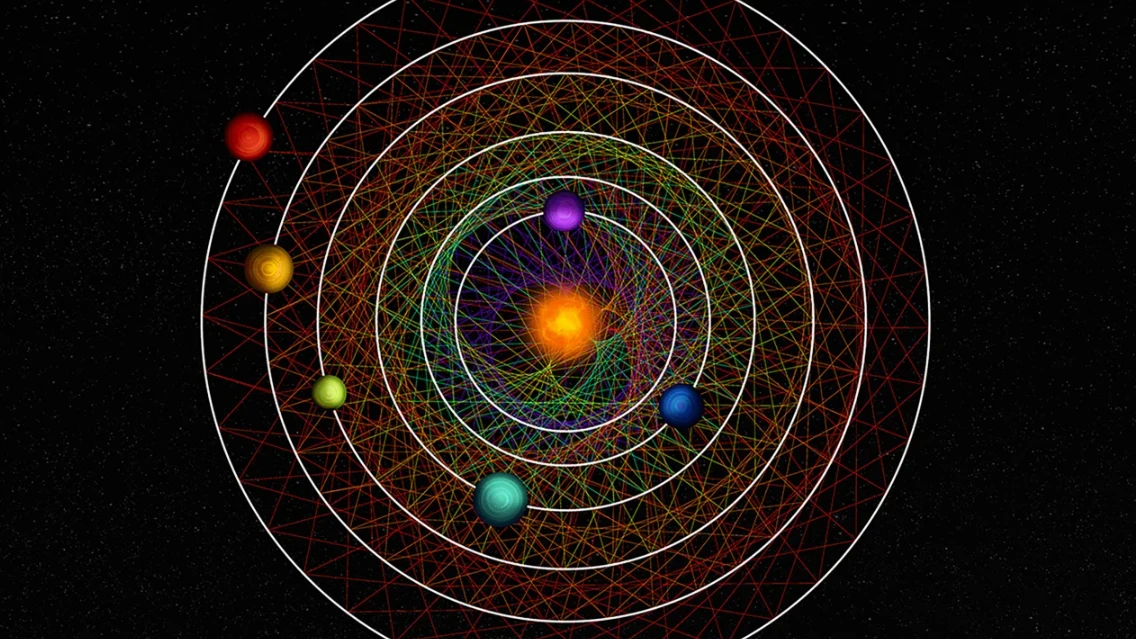
Simulation of the orbits of 6 planets around the central star
Astronomers have used two satellites dubbed "planet hunters" - NASA's TESS and the European Space Agency's (ESA) Cheops - to solve a cosmic mystery and help find a rare solar system located about 100 light-years from Earth.
The orbits of the six planets are centered around the sun-like star HD110067, located in the northern constellation Coma Berenices.
Larger than Earth but smaller than Neptune, the above planets all belong to a class of little-known planets called sub-Neptunes.
The term sub-Neptune is used to refer to a planet with a radius smaller than Neptune, although it may be more massive, or to a planet with a mass less than Neptune but a larger radius.
And these planets, named b through g, orbit their central stars in a dance that researchers call "primordial."
Primitive dance
According to a report published in the journal Nature , the team of astronomers discovered that the planets move in a clear pattern and exert gravitational force on each other.
Specifically, after the nearest planet b completes 6 orbits around the central star, the outermost planet g will complete its orbit.
When planet c completes 3 orbits, planet d completes exactly 2 orbits. And when planet e completes 4 orbits, planet f completes 3 orbits.
The above harmony creates a resonance chain, with all six planets aligning again after a few orbits.
What makes this family of planets "unique" is that every movement appears to be the same as when they first formed more than 1 billion years ago.
What happened showed that the star system seemed to be still in a stable state, not affected by external forces.
Studying the star system HD110067 promises to allow astronomers to solve the secrets of the planets in our solar system.
Source link





![[Photo] Binh Trieu 1 Bridge has been completed, raised by 1.1m, and will open to traffic at the end of November.](https://vphoto.vietnam.vn/thumb/1200x675/vietnam/resource/IMAGE/2025/10/2/a6549e2a3b5848a1ba76a1ded6141fae)


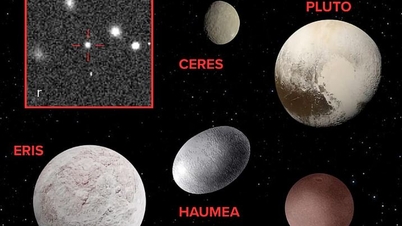

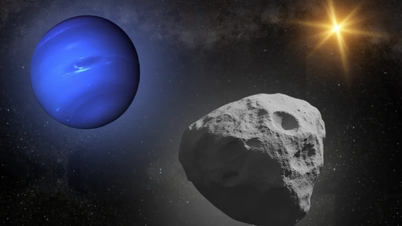

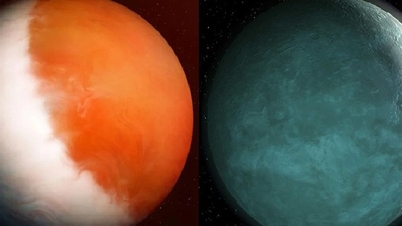

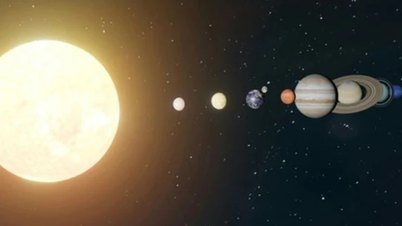
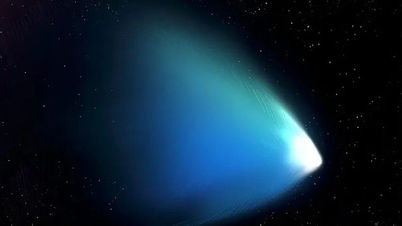
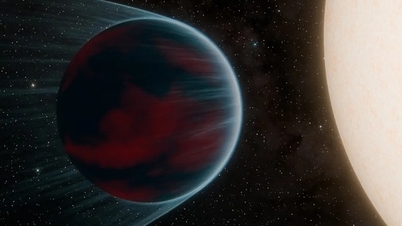





















































































Comment (0)